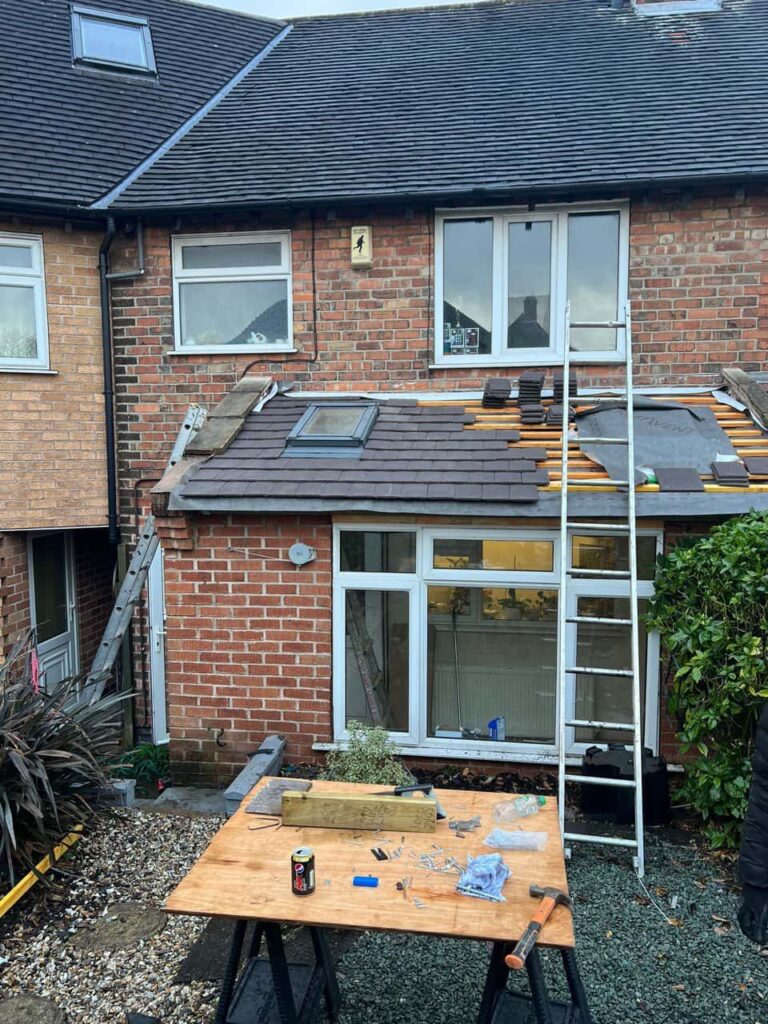Introduction: Felt roofing has long been a popular choice for residential and commercial properties due to its durability, versatility, and cost-effectiveness. Understanding the manufacturing processes behind felt roofing materials can provide valuable insights into their quality, performance, and suitability for various roofing applications. In this blog post, we’ll delve into the manufacturing processes involved in creating felt roofing materials and explore how these processes contribute to the overall quality of the product.
Felt Roofing Material Composition:
Felt roofing materials are typically made from bitumen-saturated felt, also known as roofing felt or felt paper. This base material is often reinforced with fibreglass or polyester fibres to enhance strength and durability. The manufacturing process begins with selecting high-quality raw materials, including bitumen, fibres, and additives, carefully blended to achieve the desired properties and performance characteristics.
Bitumen Production:
- Bitumen, a key component of felt roofing materials, is derived from crude oil through a process known as fractional distillation. During this process, crude oil is heated, separating different fractions with varying boiling points. Bitumen is obtained from the heaviest fraction, known as the residue, and further refined to remove impurities and adjust its viscosity and softening point.
Felt Production:
- The base material for felt roofing, commonly referred to as roofing felt or felt paper, is manufactured using a process called saturation. The base material, typically made from cellulose fibres or polyester matting, is passed through rollers and immersed in hot bitumen or asphalt. The bitumen saturates the base material, impregnating it with waterproofing properties and providing strength and durability.
Reinforcement:
- Reinforcement materials such as fibreglass or polyester fibres are added during manufacturing to enhance the strength and dimensional stability of the roofing felt. These fibres are incorporated into the base material mechanically or chemically, creating a reinforced composite material with superior tensile strength and tear resistance.
Surface Treatment:
- Once the base material is saturated and reinforced, it may undergo additional surface treatments to improve performance and durability. These treatments may include the application of mineral granules, coatings, or laminates to enhance weather resistance, UV protection, and fire retardancy.
Quality Control and Testing:
Stringent quality control measures are implemented throughout the manufacturing process to ensure that the finished felt roofing materials meet industry standards and specifications. Quality control tests may include tensile strength, tear resistance, elongation, water resistance, and dimensional stability measures. Additionally, third-party testing and certification may be conducted to verify compliance with regulatory requirements and performance standards.
Conclusion: The manufacturing processes of producing felt roofing materials are carefully engineered to deliver high-quality, durable, and reliable products suitable for various roofing applications. Homeowners and contractors can make informed decisions when selecting roofing materials by understanding these processes and the factors contributing to the quality of felt roofing materials. With proper installation and maintenance, felt roofing can provide property owners with long-lasting protection and peace of mind.
Call us on: 023 8235 7296
Click here to find out more about Gosport Roofing Repairs
Click here to complete our contact form and see how we can help with your roofing needs.

